Don’t make these 5 crucial mistakes when photographing clients!
Over the years I have read dozens of articles explaining tips, tricks, and things to keep in mind for successful photo sessions. As I was wrapping up a family shoot recently I started to think about the situation from the opposite end of the spectrum. Kind of as a way of giving some advice to my younger self or other photographers who might still be honing their craft.
So instead of five tips to try here, are five things you should never do if you want your photo sessions with clients to run smoothly.

Mistake #1 – Not showing up on time
This one is a bit of a carryover from my childhood and is based on a lesson my dad taught me at a very young age. Whether my siblings and I were going to church, to school, or even just to a friend’s house he would repeatedly stress that we ought to arrive at our destination at least 10 minutes early. If we show up on time, he reminded us over and over again, we’re already late.
That might have been a bit of an oversimplification but the lesson still sticks with me to this day. It’s also one that is especially true when it comes to photographing clients.
If you are to meet at a certain location at a certain time, do not arrive when you have agreed to. Instead, make sure to get there at least 10 minutes early, and that’s the bare minimum. The earlier you arrive the more you can prepare, especially if the session is outdoors or in another type of uncontrolled environment.

As my dad would say – if you get there on time you’re already late.
Arriving early allows you to assess the situation, get your cameras and lenses in order, double-check your settings (did you remember to turn on Image Stabilization? Are you still shooting at ISO 3200 from last night’s star-trail experiment?) and mentally prepare yourself for the photo session.
It also sends a message to your clients that you’re responsible and you care about the job. If you show up on time you might end up arriving after your clients. If they’re like my father and got there early they may be wondering where their photographer is. It doesn’t take much effort to arrive well in advance but it can pay huge dividends and set a positive tone for the rest of the photo session.
Mistake #2 – Don’t dress casually

Your clients go out of their way to dress for the session. You should too.
This one is a big deal for me because I’m perpetually wearing the same clothes I wore in college: jeans and a t-shirt. It’s my go-to outfit for just about any situation and there were a few times early in my photography work with clients that I treated sessions as just another day out when I could dress casually. However, doing that sends an unfortunate message to your clients that you can easily avoid with very little effort.
Jeans and a t-shirt might seem fine to you but your clients might take this as a sign that you are a bit of a slacker or that you don’t care enough about your work (or them) to look the part. Clients are more likely to see your work as high-quality if you take the time to dress up a bit.
Wear nice clothes as a way of projecting a professional image. It will help clients have a more positive view of you, your work, and the session as a whole.

Some clients prefer a more casual style for themselves, and that’s fine. But it never hurts for you to wear nicer clothes as a way of projecting an image of professionalism.
Mistake #3 – Don’t make fun of your clients to get a laugh
Tell me if this sounds familiar. You’re doing a photo session and it’s going reasonably well but your clients aren’t responding quite how you would like. You’re trying to get them to loosen up, relax, and smile but they still seem a bit reserved and hesitant. As a result, your pictures just aren’t quite as good as you know they could be.
So you decide to crack a joke at the expense of one of your clients who is balding, wearing mismatched socks, doesn’t realize his shirt is un-tucked, or maybe just not quite paying attention.
Oh no, the glare from Bob’s head is messing up my camera! Hang on a second, I’m being blinded over here!
Does that scenario ring a bell? I have almost done this on a couple of occasions but stopped each time, and I’m so glad I did. You might think your comments are benign and all in good fun, but the person might be sensitive about the very thing you are pointing out. You could easily cause some hurt feelings or even downright anger.
Your clients might respond to these quips with laughter but on the inside, they may feel something entirely different that could cost you referrals, repeat business, or in-person sales.

This family was an absolute joy to work with. I would never want to sacrifice meaningful professional relationships with them or anyone else just for a quick laugh.
The damage that is done by what seems like benign comments could linger for a long time and have consequences well beyond the session itself. Instead of aiming for a cheap laugh, strive to maintain a level of professionalism when interacting with and photographing clients on a shoot.
If you get to know them a bit (another benefit to showing up early!) they will be more likely to loosen up, cooperate, and give you the type of pictures you are really striving for.
Mistake #4 – Don’t use your phone during the session
I know how tempting it can be to reach for your phone during a photo session, and there might even be a thousand good reasons to do so. What if it’s a text from your landlord? Maybe your cousin sent you a Snapchat message about his new job? What if your spouse is going to be home late and needs you to pick up the kids? Certainly, your clients would understand if you peeked at your phone for just a bit…right?
They might understand, but they might also wonder why you are getting distracted while they are paying you to do a job. One little peek at your phone often turns into two, then three, and pretty soon you find yourself missing shots or watching your clients roll their eyes in exasperation because you’re looking at your phone more than your camera.

My advice is simple, just ignore your phone. Better yet, leave it in your car or put it on silent and stick it in your gear bag. If you think you might need to check it during a session, tell your clients in advance (yet another reason to arrive early) and ask their permission to take a minute at a certain pre-planned time to do so.
This might seem overly restrictive, but it’s so easy to get caught up in the alerts and messages on your phone that you might not even realize how much you are actually using it. Your clients will probably not notice if you are NOT using your phone, but they will certainly notice if you ARE using your phone and they might not want to hire you back as a result.
Mistake #5 – Don’t over-extend the session
Many photographers charge clients a certain amount based on the length of time that they offer for sessions. One-hour portraits, two-hour engagements, 15-minute minis, or 3 hours of wedding plus 2 hours of reception coverage, for example.
This usually works well and gives both the photographer and the clients a set of shared expectations, but it can backfire in some unexpected ways depending on the type of clients you are working with.

15 minutes in and this precious little girl was ready to be done. Extending the session would have made her fussy and stressed out her parents too.
Know when to fold
There’s a line in an old Kenny Rogers song that’s quite à propos for photographers, “You got to know when to hold ’em and know when to fold ’em”. As a photographer, you need to learn how to read the situation, watch your client’s body language, and get their input on how to proceed when you feel like the session needs to draw to a close.
Your clients might be paying you for a one-hour session but if the kids are fussy, the grandparents are tired, and the shirts are getting sweat marks after only 40 minutes then you really need to find a way to shut it down tactfully and gracefully.
The best way I have found to do this is to keep an open dialog with clients throughout the session. Talk with them as you take their pictures and let them know that you are willing to adjust as needed especially if kids are involved. Your clients expect you to be in charge and they often won’t speak up for fear of being rude or confrontational.
So read the situation closely and take the initiative if you think it’s time to put the camera away. Your clients will probably be glad you did.

Talk to your clients and make the call
I have had parents thank me profusely for ending sessions early because their children were wilting after only 30 minutes. I once did an entire one-hour family session in 20 minutes on a single spot in a grove of trees because three generations were involved and the elders were exhausted and tired.
In both situations, I got input from the clients constantly and let them know that I was aware that people were ready to be done even though there was still time left on the clock.
The time might not be up, but if the session needs to be over then you have to bring it to a close. Extending it needlessly just to fill the time allotted could cause more headaches than it’s worth. Alternately, don’t go over your time unless you get permission from your clients. If they are expecting one hour and that time is up, don’t keep shooting unless you’re sure it’s fine with them. Doing otherwise could come across as rude or insensitive, no matter how good the pictures turn out.

Conclusion
I hope this gives you a few ideas to try or, more accurately, to avoid the next time you are photographing clients. If you have any tips on what to avoid I’d be glad to have your input in the comments below, and I’m sure other dPS readers would as well!
The post 5 Crucial Mistakes You Need to Avoid When Photographing Clients appeared first on Digital Photography School.

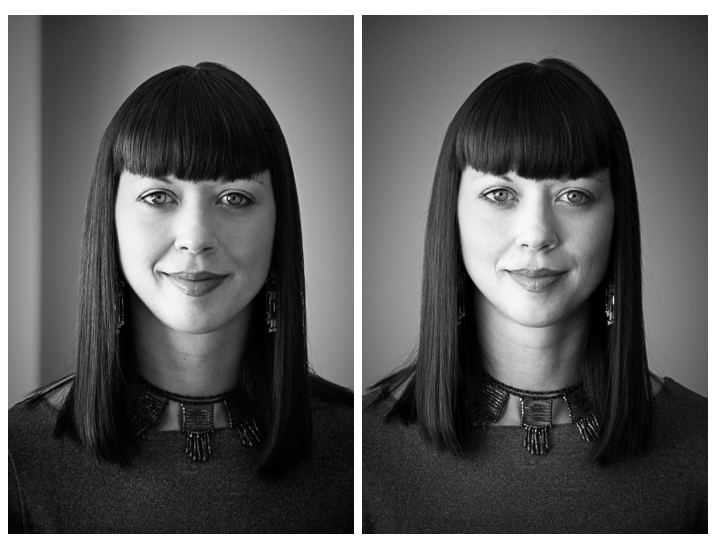


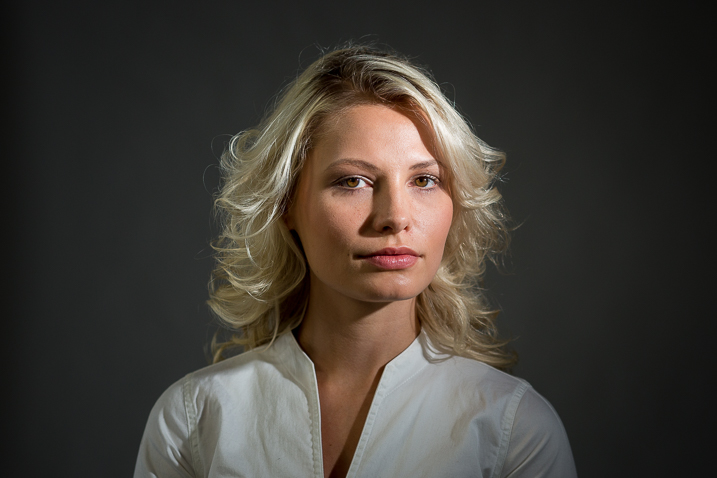
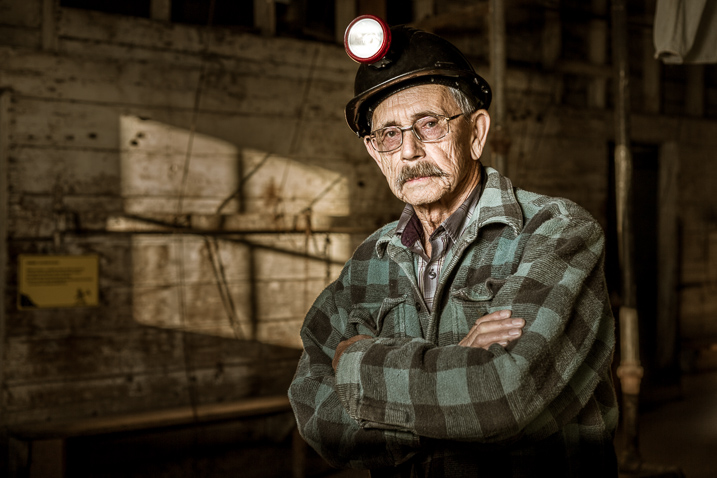
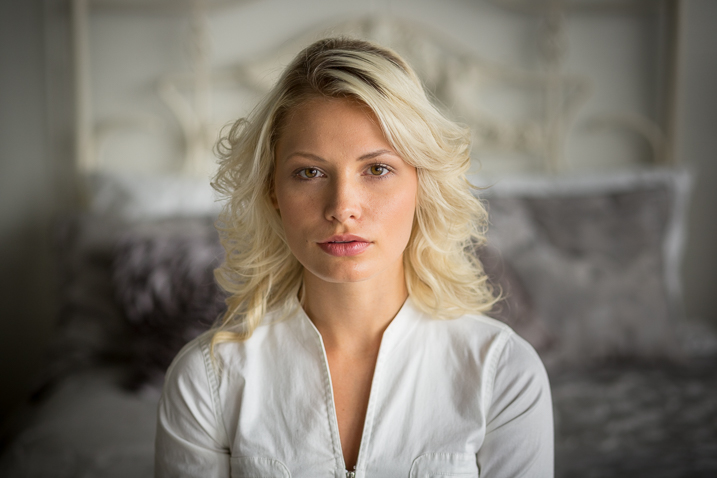
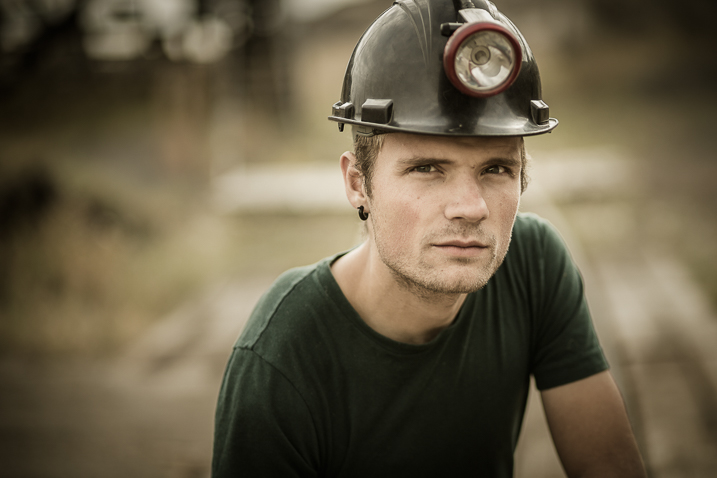
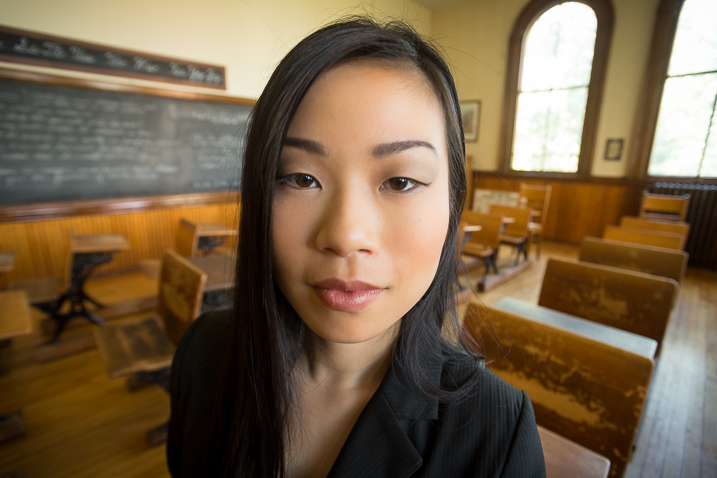
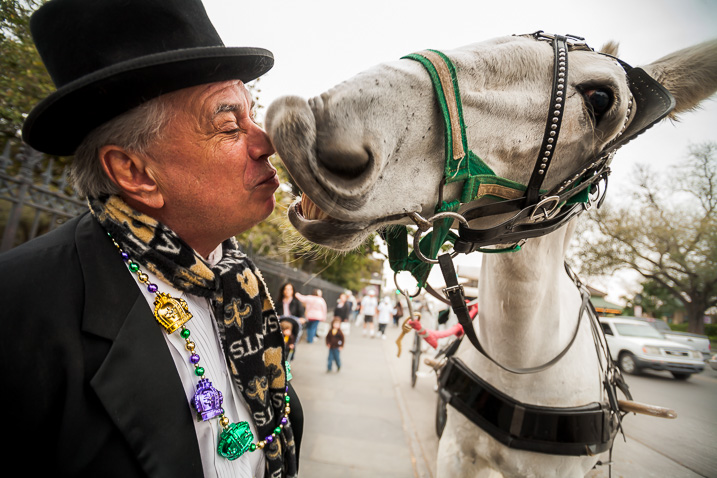
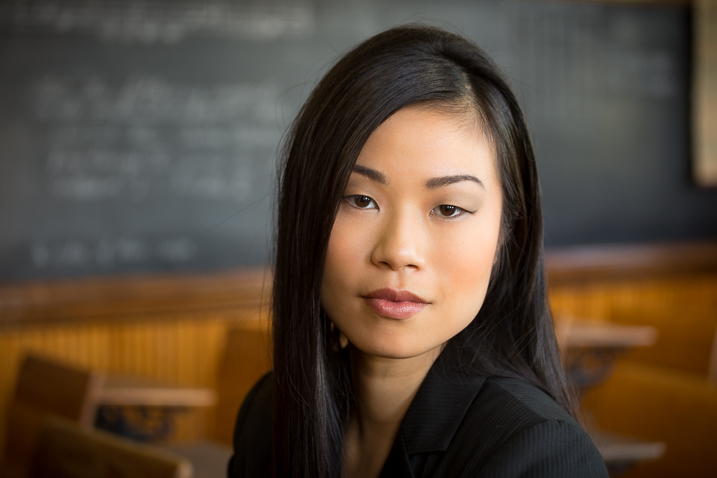
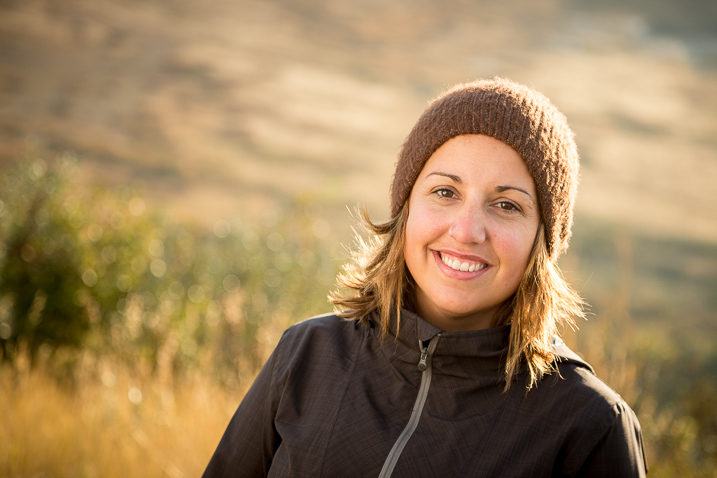
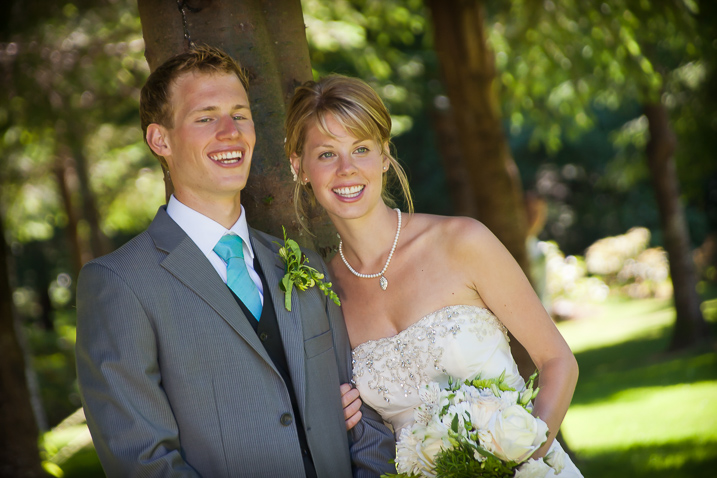
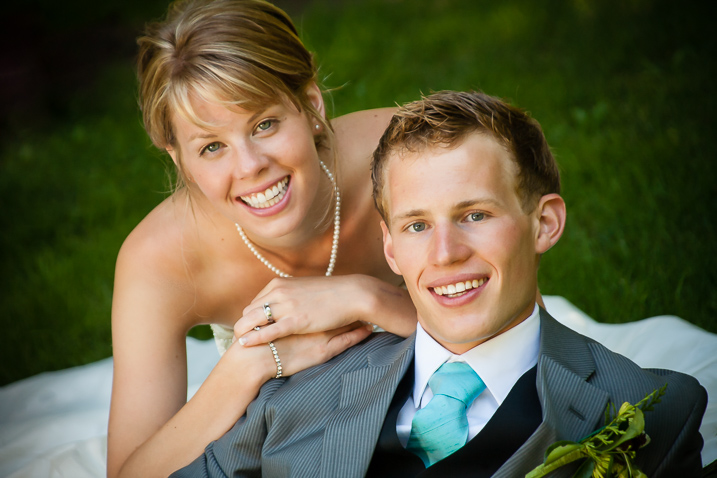
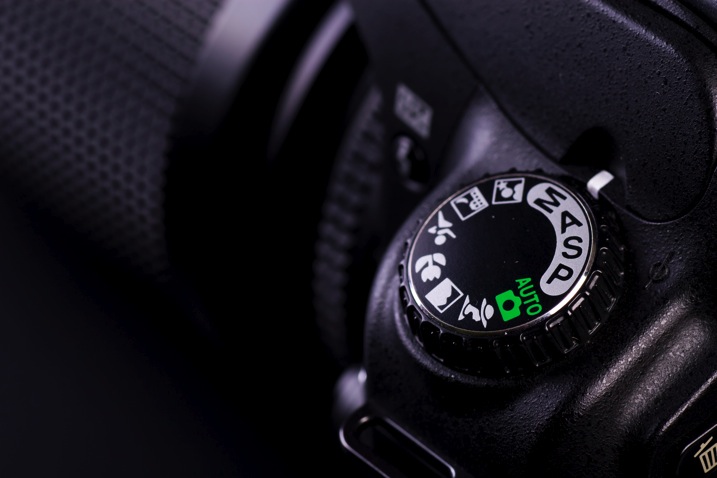
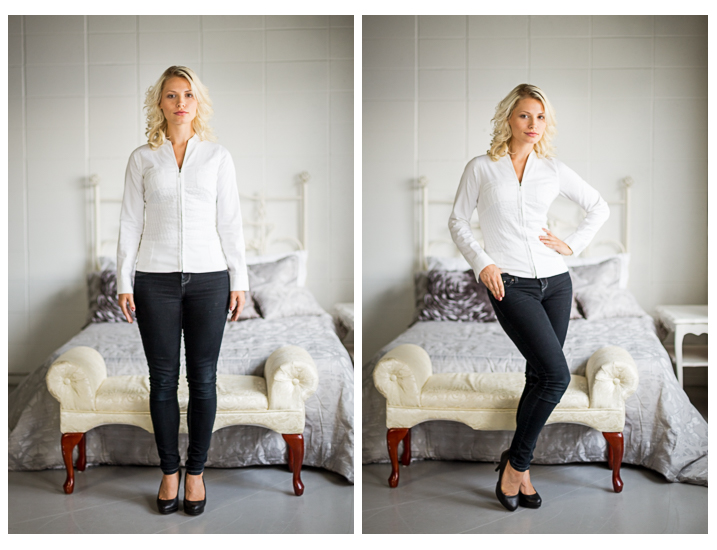

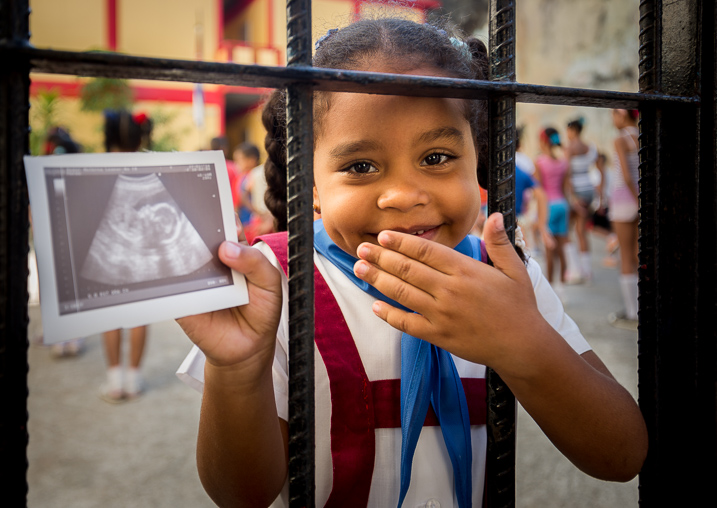
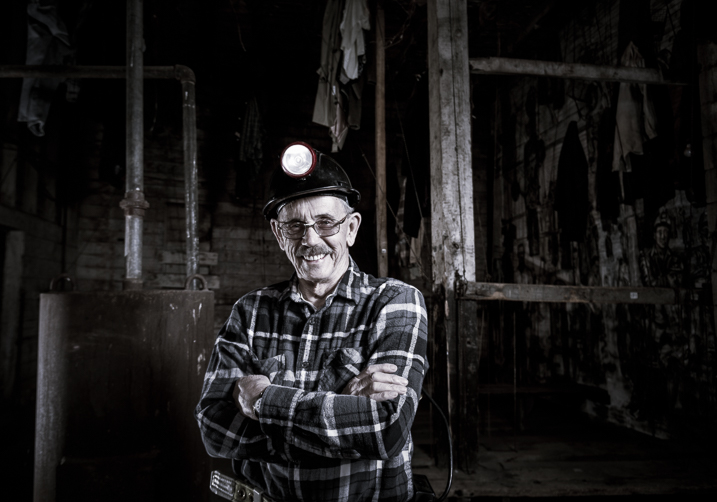
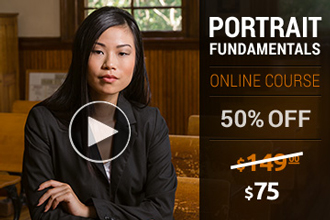 Darlene’s Portrait Fundamentals course is on sale for $ 75 (50% off) now until November 3rd only. Find out more or grab the deal over at Snapndeals.com. Take more professional looking portraits in 30 days! The Portrait Fundamentals course covers everything you need to know, from camera basics to using a multi-flash set-ups. Over 6.5 hours of video lessons with two experiences instructors.
Darlene’s Portrait Fundamentals course is on sale for $ 75 (50% off) now until November 3rd only. Find out more or grab the deal over at Snapndeals.com. Take more professional looking portraits in 30 days! The Portrait Fundamentals course covers everything you need to know, from camera basics to using a multi-flash set-ups. Over 6.5 hours of video lessons with two experiences instructors.
You must be logged in to post a comment.